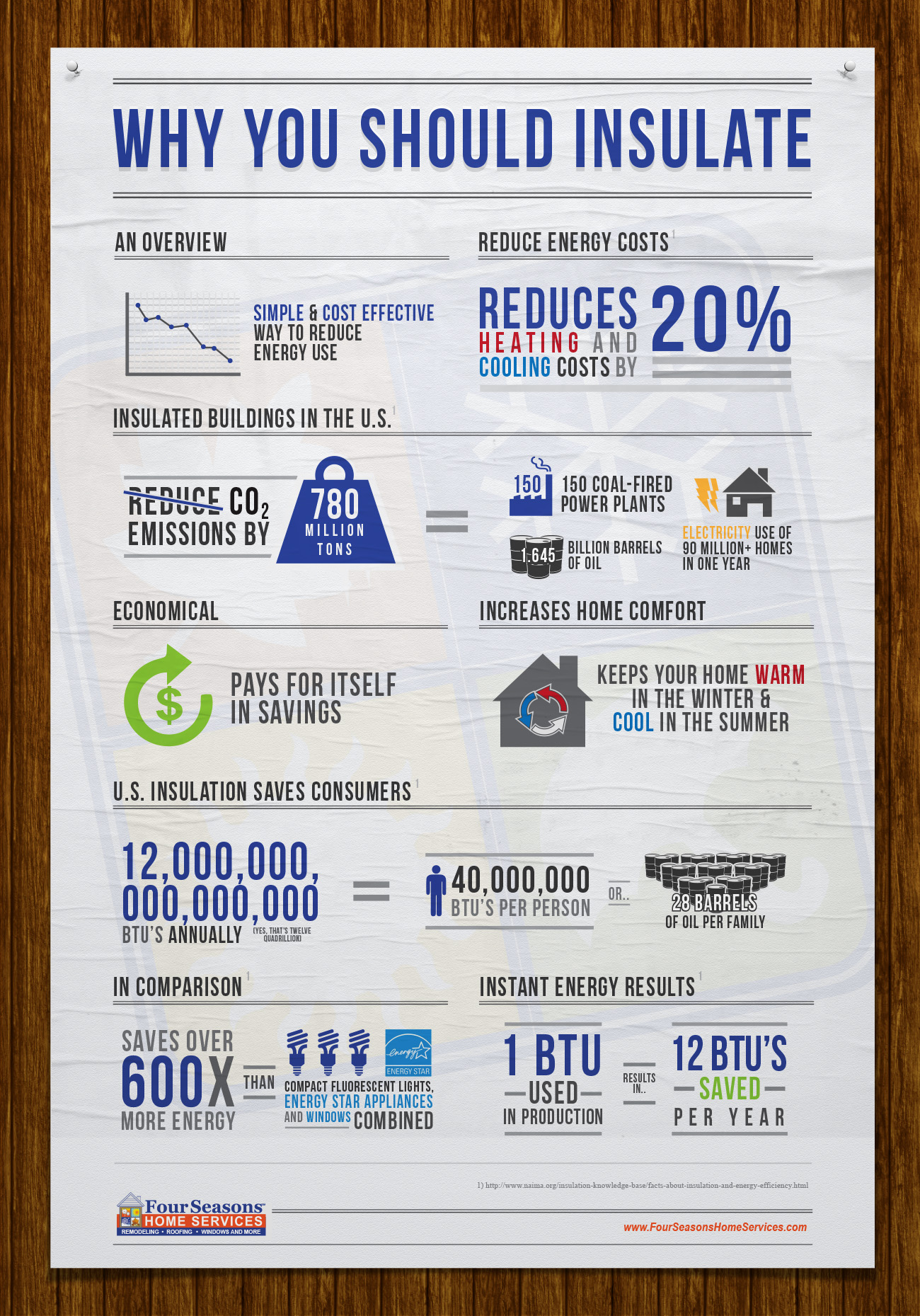Connect with huge architecture firms and gain new business through Architizer’s community marketplace for building-products. Click here for more information.
Well-designed, high-end architecture is undeniably glamorous. Luxurious cladding materials and interior finishes abound, these projects adorn the pages of Wallpaper magazine and the front cover of countless coffee table books. It stands to reason, then, that building-product manufacturers would want to be involved in such projects and the financial windfall they can provide.
Hold that thought, though. When it comes to doing business with architecture firms, the data suggests that decidedly “unsexy” building materials might be the most attractive of all.
As we rounded up the numbers for product searches on Architizer’s marketplace in 2017, it emerged that less glamorous products are not only highly sought after — they form a lucrative opportunity for the manufacturers. The most valuable building-product type that architects looked for throughout the year was insulation and waterproofing, with each search being worth an average of $596,383.
You read that correctly — more than half a million dollars per search. In online shopping terms, that’s a pretty extraordinary basket size for a single item.
Ultimately, for all the stunning stone flooring and glistening glazed façades an architect selects for a project, there are countless practical products to be identified within, hidden away inside walls, ceilings and roofs. This is not news to manufacturers, of course. But what’s compelling is that these verticals are actually the most valuable of all.
The question is, what can makers of these humble but indispensable materials do to highlight their value and secure business with architects? Here are a few key points to keep in mind when marketing “unsexy” products in any industry.
1. Highlight the problem your product solves
Some architectural materials are chosen for effect. They are picked for their glossy finish or their striking form. For manufacturers of products like insulation and waterproofing, the real value lies in functionality, efficiency and economy. Clearly define the problem your product solves. Highlight how climate can adversely affect architectural spaces, and explain how your innovative solution can save the day. Explain how your product can help an architect hit their LEED targets. Extol the value of your product’s ability to lower maintenance costs over the lifetime of a building.

Insulation expert Owens Corning’s simple marketing highlights the problem — loud classrooms — and their solution with one simple image. Via Owens Corning
For an architect, the ability for a practical product to prevent client headaches is a powerful persuader. Yes, architecture is about the visual “wow” factor, but design professionals know that it is just as important — if not more so — to get their design right behind the scenes. If your product can help them do that, they are increasingly likely to select it.
2. Tell the story of your product
While your products might be straightforward on the surface, the complexities that lie behind it reveal a different story. There are plenty of companies selling seemingly mundane products that elevate their brand through great storytelling. Regardless of what you sell — be it insulation, waterproofing or another vital, practical product — tell architects why your company does what it does, how it makes its products, and how those products help make the lives of people better.

The making process of building-products is compelling to many people — the Youtube video “How It’s Made Fiberglass Insulation” has 500,000 views
Show the journey of your product from factory to finished project. How did your brand refine its product over time to arrive at the perfect solution for architects and their clients? Writing content about your R&D process — even for the most humble building materials — can form a great story that speaks to your team’s dedication to improving architecture and the lives of its inhabitants.
3. Develop a broader brand identity
Think about the broader implications of your product and additional services you could offer to complement it. For example, if your company specializes in insulation, perhaps you could provide consultation services on energy-efficient construction and green technology. Turn yourself into an influencer for a wider sector, placing your “unsexy” product at the center.

Four Seasons Home Services produced this infographic highlighting the environmental benefits of insulation, broadening the company’s educational output
Connecting your product to a larger cause makes it a more compelling choice for architects and their clients. Explain the long-term benefits of its performance, not just for an individual project, but for the industry at large. These long-term strategies have the effect of expanding your brand’s identity and staying front of mind for architects as they look to deliver forward-thinking projects for their own portfolios.
4. Inject some humor into your product
There’s nothing quite like laughter when it comes to building relationships with potential customers. Take Japan’s largest clay roof tile manufacturer as a shining example. Tsuruya’s hilariously over-the-top commercial for their resilient tiles went viral and helped the company reach a much wider audience as a result.
Whether it’s a touch of theater or a splash of satire, humor has to be carefully implemented to avoid your brand looking unprofessional. However, when the right tone is struck, having some fun with your target audience can make your brand incredibly memorable. After catching people’s attention with this approach, you can then communicate the real benefits of your products.
Gain leads from major firms such as AECOM, HOK and OMA through Architizer’s community marketplace for building-products. Click here to sign up now.









